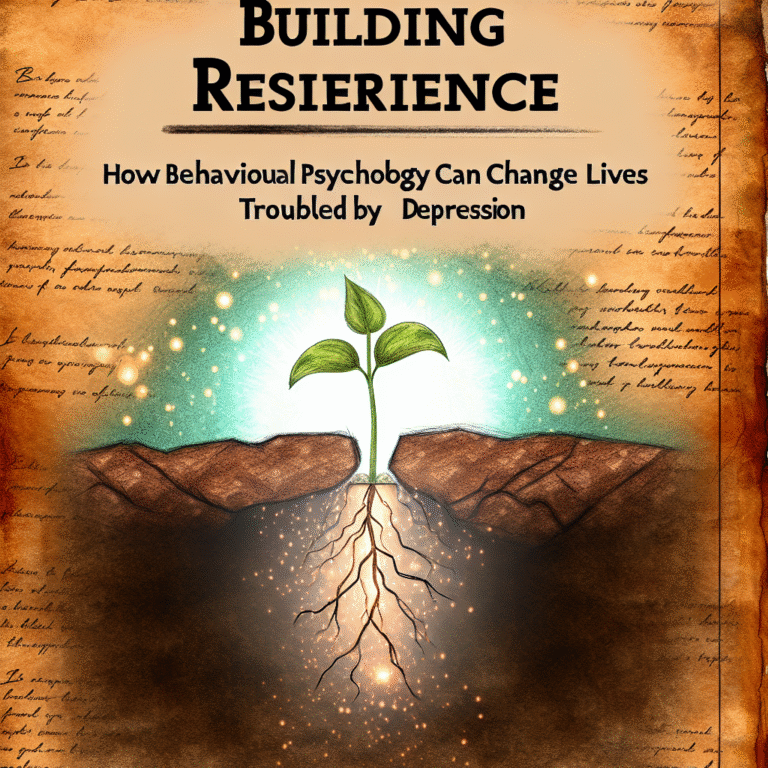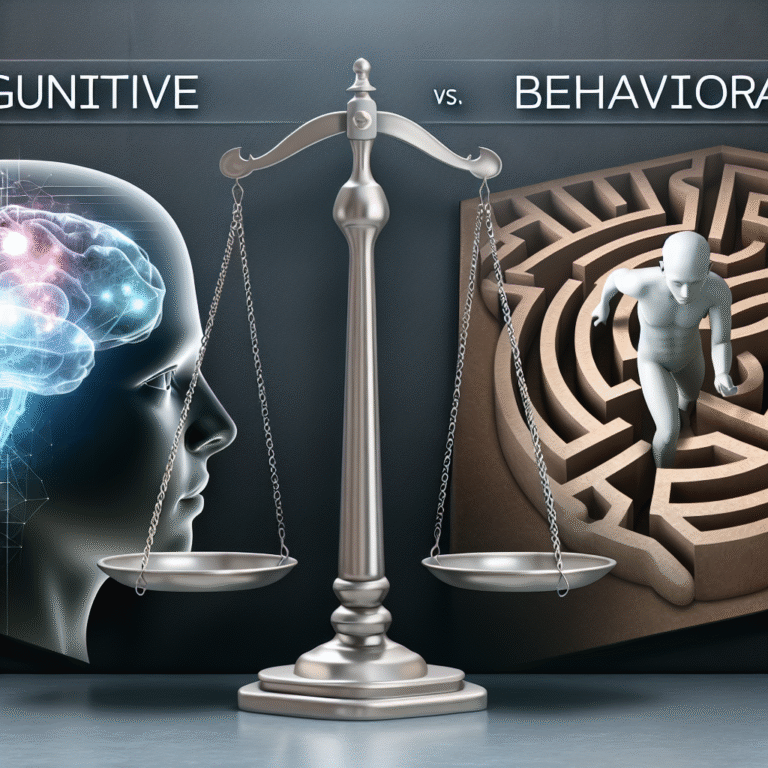
Understanding Behavior: How Behavioral Psychology Shapes Learning for Ultimate Educational Success
Introduction
Have you ever wondered why certain teaching methods resonate more with some students than others? The quest for effective learning strategies has led educators to explore the depths of human behavior. Understanding Behavior: How Behavioral Psychology Shapes Learning is not just a theoretical concept; it’s a practical guide to unlocking the potential of students in classrooms around the world. By recognizing how behavior impacts learning, educators can foster environments that promote curiosity, resilience, and academic success.
In this article, we’ll delve deep into behavioral psychology, dissecting its core principles and presenting real-world applications that can transform educational practices. Buckle up as we embark on this enlightening journey!
The Foundations of Behavioral Psychology
What is Behavioral Psychology?
Behavioral psychology, or behaviorism, is a school of thought in psychology founded on the premise that all behaviors are acquired through conditioning. This discipline emphasizes the observable and measurable aspects of human behavior rather than the internal thoughts and feelings that influence them.
Key Principles of Behavioral Psychology
Classical Conditioning: This principle, established by Ivan Pavlov, demonstrates how stimuli can trigger certain responses. For instance, if a student consistently hears a bell before being given a quiz, the sound of the bell may eventually induce anxiety, even in the absence of the quiz.
Operant Conditioning: B.F. Skinner introduced this concept, asserting that behaviors could be shaped by rewards or punishments. In an educational context, students are more likely to repeat behaviors that yield positive reinforcement, such as praise or good grades.
- Reinforcement Schedules: Understanding the timing of reinforcement can enhance learning. A variable ratio schedule, where rewards are given after an unpredictable number of correct responses, often leads to more consistent behaviors than fixed schedules.
Why Understanding Behavior Matters in Education
Understanding Behavior: How Behavioral Psychology Shapes Learning is essential for several reasons:
- Motivation: By understanding what motivates students, educators can create more engaging and stimulating environments.
- Behavior Management: Recognizing behavioral patterns enables teachers to address issues proactively and constructively.
- Personalized Learning: Tailoring educational approaches to individual behavioral responses can enhance learning outcomes for all students.
Real-World Applications of Behavioral Psychology in Education
Case Study 1: The Power of Positive Reinforcement
Background: A middle school in Chicago implemented a rewards program to motivate students to complete their homework. Students could earn points redeemable for privileges, such as extra recess time.
Analysis:
This program transformed the school’s culture. Teachers noted increased homework completion rates by over 40%. This case exemplifies Understanding Behavior: How Behavioral Psychology Shapes Learning, demonstrating the effectiveness of positive reinforcement over traditional punitive measures.
Table: Homework Completion Rates Before and After the Program
| Time Period | Completion Rate (%) |
|---|---|
| Before Program | 60 |
| After Program | 85 |
Case Study 2: Behavior Management Techniques
Background: An elementary school experimented with a behavior management system that involved a color-coded chart. Students began each day on green and could move up or down based on their behavior.
Analysis:
Teachers reported a significant decrease in disruptive behavior and an overall improvement in classroom morale. This approach illustrated how Understanding Behavior: How Behavioral Psychology Shapes Learning allows for real-time feedback and adjustments, thus creating a positive learning atmosphere.
The Role of Environment in Learner Behavior
The physical and social environment significantly affects student behavior and learning outcomes. Testimonials from educators highlight how classroom designs, like flexible seating arrangements and interactive spaces, positively impact student engagement.
Chart: Classroom Environment Features vs. Student Engagement Levels
| Classroom Feature | Engagement Level (%) |
|---|---|
| Traditional Desks | 50 |
| Flexible Seating | 75 |
| Interactive Zones | 85 |
Behavioral Psychology Techniques to Enhance Learning
1. Establishing Clear Expectations
Setting clear expectations for behavior and performance at the beginning of the school year can help students understand what is required of them. Regular check-ins keep students accountable and reinforce desired behaviors.
2. Utilization of Gamification
Integrating game elements into learning activities can boost motivation and engagement. Simple rewards or progress tracking can make the learning experience enjoyable and fulfilling.
3. Utilizing Constructive Feedback
Providing timely feedback that emphasizes improvement rather than solely focusing on outcomes helps learners develop a growth mindset. This reflects the core of Understanding Behavior: How Behavioral Psychology Shapes Learning, where the process is celebrated just as much as the result.
Challenges in Implementing Behavioral Psychology
Despite its potential, several challenges may arise when applying behavioral psychology in educational settings:
- Resistance from Educators: Some educators may lack training in behavioral techniques or may resist changing established practices.
- Student Diversity: Different students respond uniquely to behavioral strategies, necessitating a one-size-fits-all approach.
- Parental Involvement: Engaging parents in understanding these strategies is crucial for consistency between home and school environments.
Conclusion
The insights presented in this article illustrate the intricacies of Understanding Behavior: How Behavioral Psychology Shapes Learning. By embracing behavioral principles, educators can create dynamic, responsive, and nurturing learning environments that empower students to succeed.
As we continue to explore and apply these principles, the potential for positive transformation in education grows ever brighter. Take these insights to heart, and consider how you can implement behavioral strategies in your classroom or educational practice today.
FAQs
1. What are the basic principles of behavioral psychology?
Behavioral psychology is rooted in classical conditioning, operant conditioning, and reinforcement schedules, focusing on observable behaviors rather than introspection.
2. How can positive reinforcement be effectively implemented in a classroom?
Positive reinforcement can be implemented through reward systems, recognition programs, and consistent feedback that acknowledges students’ efforts and achievements.
3. What is gamification, and how does it impact learning?
Gamification involves integrating game-like elements into learning, boosting engagement and motivation by making educational activities more interactive and enjoyable.
4. How can educators manage classroom behavior effectively?
Establishing clear expectations, utilizing behavior management systems, and providing ongoing feedback can help educators maintain a positive classroom atmosphere.
5. How does parental involvement affect behavioral strategies in education?
Parental involvement can enhance the consistency of behavioral strategies across home and school environments, leading to improved student outcomes and behaviors.
In conclusion, Understanding Behavior: How Behavioral Psychology Shapes Learning is a journey that invites educators and learners alike to explore the depths of human potential, fostering a brighter collective future in education.
















